2-Amino-4-hydroxy-1H-pteridine
Synonym(s):2-Amino-4-hydroxypteridine;2-Amino-4-oxodihydropteridine
- CAS NO.:2236-60-4
- Empirical Formula: C6H5N5O
- Molecular Weight: 163.14
- MDL number: MFCD00010557
- EINECS: 218-799-1
- SAFETY DATA SHEET (SDS)
- Update Date: 2023-05-04 17:34:36

What is 2-Amino-4-hydroxy-1H-pteridine?
Chemical properties
YELLOW-BEIGE CRYSTALLINE POWDER
The Uses of 2-Amino-4-hydroxy-1H-pteridine
Pterin is used in the biosynthesis and metabolism of tetrahydrobiopterin and molybdopterin.
Definition
ChEBI: 2-aminopteridin-4-ol is a 2-amino-4-hydroxypteridine. It is a tautomer of a 2-aminopteridin-4(3H)-one and a 2-aminopteridin-4(1H)-one.
Purification Methods
It is dissolved in hot 1% aqueous ammonia, filtered, and an equal volume of hot 1M aqueous formic acid is added. The solution is allowed to cool at 0-2o overnight. The solid is collected and washed with distilled water several times by centrifugation and dried in vacuo over P2O5 overnight, and then at 100o overnight (any ammonium formate in the sample evaporates off). [Beilstein 26 III/IV 3936.]
Properties of 2-Amino-4-hydroxy-1H-pteridine
| Melting point: | 300 °C |
| Boiling point: | 290.2°C (rough estimate) |
| Density | 1.4240 (rough estimate) |
| refractive index | 1.9000 (estimate) |
| storage temp. | Keep in dark place,Inert atmosphere,2-8°C |
| pka | 2.27(at 20℃) |
| Water Solubility | 17.54mg/L(22.5 ºC) |
| BRN | 150294 |
| CAS DataBase Reference | 2236-60-4(CAS DataBase Reference) |
| NIST Chemistry Reference | 4(1H)-pteridinone, 2-amino-(2236-60-4) |
Safety information for 2-Amino-4-hydroxy-1H-pteridine
| Signal word | Warning |
| Pictogram(s) |
 Exclamation Mark Irritant GHS07 |
| GHS Hazard Statements |
H315:Skin corrosion/irritation H319:Serious eye damage/eye irritation H335:Specific target organ toxicity, single exposure;Respiratory tract irritation |
| Precautionary Statement Codes |
P261:Avoid breathing dust/fume/gas/mist/vapours/spray. P264:Wash hands thoroughly after handling. P264:Wash skin thouroughly after handling. P271:Use only outdoors or in a well-ventilated area. P280:Wear protective gloves/protective clothing/eye protection/face protection. P302+P352:IF ON SKIN: wash with plenty of soap and water. P305+P351+P338:IF IN EYES: Rinse cautiously with water for several minutes. Remove contact lenses, if present and easy to do. Continuerinsing. |
Computed Descriptors for 2-Amino-4-hydroxy-1H-pteridine
| InChIKey | HNXQXTQTPAJEJL-UHFFFAOYSA-N |
New Products
(S)-3-Aminobutanenitrile hydrochloride 4-Methylphenylacetic acid N-Boc-D-alaninol N-BOC-D/L-ALANINOL Tert-butyl bis(2-chloroethyl)carbamate 3-Morpholino-1-(4-nitrophenyl)-5,6-dihydropyridin- 2(1H)-one Furan-2,5-Dicarboxylic Acid Tropic acid 1-Bromo-3,5-Di-Tert-Butylbenzene S-2-CHLORO PROPIONIC ACID ETHYL ISOCYANOACETATE 2-Bromo-1,3-Bis(Dimethylamino)Trimethinium Hexafluorophosphate 4-IODO BENZOIC ACID 3-NITRO-2-METHYL ANILINE 1-(2,4-DICHLOROPHENYL) ETHANAMINE (2-Hydroxyphenyl)acetonitrile 4-Bromopyrazole 2-(Cyanocyclohexyl)acetic acid 4-methoxy-3,5-dinitropyridine 1-(4-(aminomethyl)benzyl)urea hydrochloride 2-aminopropyl benzoate hydrochloride diethyl 2-(2-((tertbutoxycarbonyl)amino) ethyl)malonate tert-butyl 4- (ureidomethyl)benzylcarbamate Ethyl-2-chloro((4-methoxyphenyl)hydrazono)acetateRelated products of tetrahydrofuran
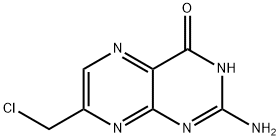
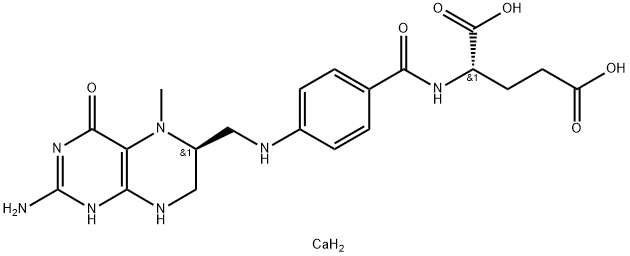
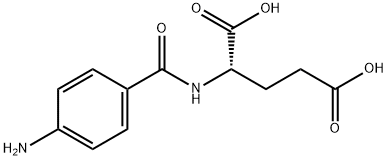
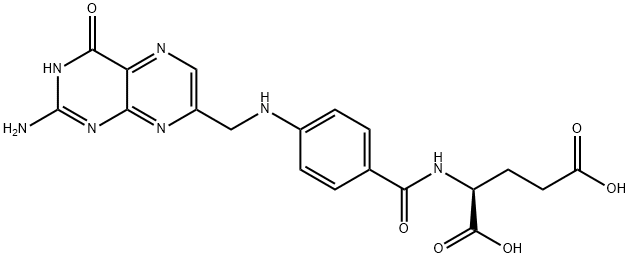
![(2S)-2-[[4-[Bis[(2-aMino-4-oxo-1,4-dihydropteridin-6-yl)Methyl]aMino]benzoyl]aMino]pentanedioic Acid](https://img.chemicalbook.in/CAS/20130318/GIF/1391068-26-0.gif)
![2-[4-[(2-amino-4-oxo-5,6,7,8-tetrahydro-1H-pteridin-6-yl)methyl-formyl-amino]benzoyl]aminopentanedioic acid](https://img.chemicalbook.in/CAS/GIF/2800-34-2.gif)
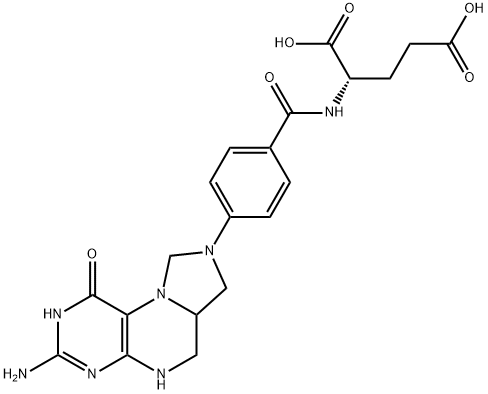
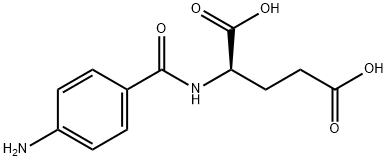
You may like
-
 Pterine, ≥98% CAS 2236-60-4View Details
Pterine, ≥98% CAS 2236-60-4View Details
2236-60-4 -
 Pterine CAS 2236-60-4View Details
Pterine CAS 2236-60-4View Details
2236-60-4 -
 1975-50-4 98%View Details
1975-50-4 98%View Details
1975-50-4 -
 2-HYDROXY BENZYL ALCOHOL 98%View Details
2-HYDROXY BENZYL ALCOHOL 98%View Details
90-01-7 -
 2-Chloro-1,3-Bis(Dimethylamino)Trimethinium Hexafluorophosphate 221615-75-4 98%View Details
2-Chloro-1,3-Bis(Dimethylamino)Trimethinium Hexafluorophosphate 221615-75-4 98%View Details
221615-75-4 -
 61397-56-6 CIS BROMO BENZOATE 98%View Details
61397-56-6 CIS BROMO BENZOATE 98%View Details
61397-56-6 -
 14714-50-2 (2-Hydroxyphenyl)acetonitrile 98+View Details
14714-50-2 (2-Hydroxyphenyl)acetonitrile 98+View Details
14714-50-2 -
 118753-70-1 98+View Details
118753-70-1 98+View Details
118753-70-1
Statement: All products displayed on this website are only used for non medical purposes such as industrial applications or scientific research, and cannot be used for clinical diagnosis or treatment of humans or animals. They are not medicinal or edible.